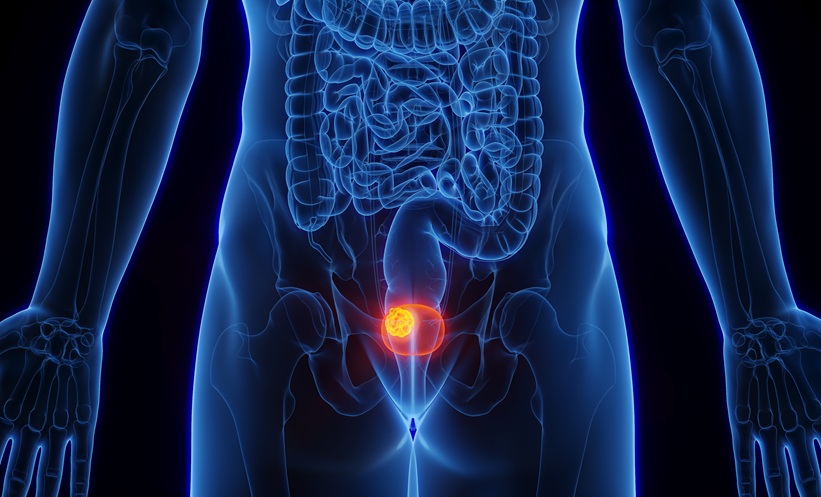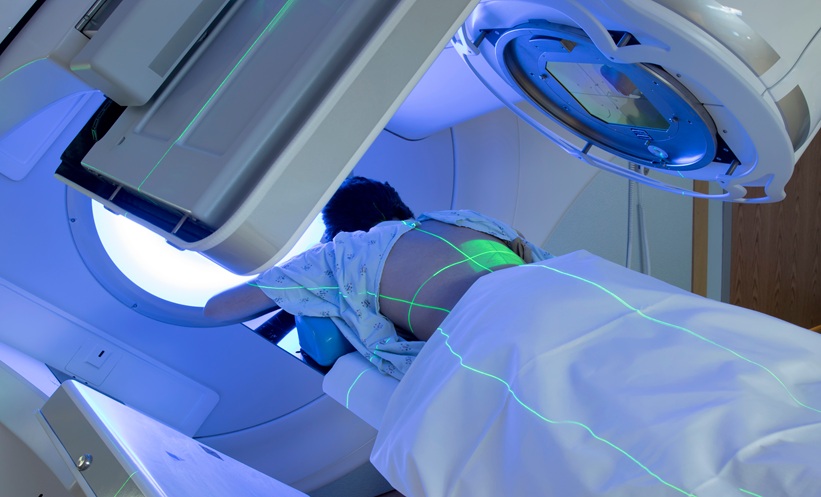SIGNIFICANT sustained relief has been reported by patients who underwent prostate artery embolisation (PAE) for the treatment of lower urinary tract symptoms (LUTS) or urinary retention due to benign prostate hyperplasia (BPH). BPH is the most common benign condition in males, affecting over 50% of those aged 60 or over.
PAE provides long-term effectiveness in treating symptoms from an enlarged prostate gland, according to research from a large American study presented at the Society of Interventional Radiology (SIR) Annual Scientific Meeting in 2023. One thousand patients were included in the study, which evaluated the effectiveness and safety profile of PAE in treating BPH with LUTS or urinary retention between 2014–2022, with a median follow-up of 1,027 days. The researchers found that 6–12 months after PAE, median International Prostate Symptoms Score (IPSS) was 6, median quality of life was 1, and mean prostate size was 70.9 g. At 24 months this was 7, 1, and 82.9 g respectively; and at 5 years, 3, 1, and 69.3 g. 6.7% of patients required a second procedure for recurrent LUTS, and 10 underwent a second PAE.
Senior author Shivank Bhatia, University of Miami Miller School of Medicine, Florida, USA, described their findings: “Our study shows that PAE is a highly effective treatment with long-term outcomes that include sustained LUTS relief and significant improvement in quality of life.” Bhatia emphasised: “Of 18 million men in the USA eligible for BPH treatment, many avoid all treatments because of the widely known risks of surgery, particularly sexual side effects and leakage. PAE avoids these risks while achieving long-term positive clinical outcomes.”
PAE has a well-stablished safety profile, which has been shown in multiple studies, but radiologists believe most males are unaware of this treatment option. The current study adds to evidence that this is a safe option without side effects, where many will avoid surgery and instead take medication for years, even as BPH worsens.
Persistent reduction in prostate size was exhibited in this study, but Bhatia noted that this is not the only goal in long-term effectiveness: “Treatment should make the prostate softer as well as smaller, as opposed to smaller but remaining hard, which will still cause urinary symptoms.” The importance of this research can be found in Bhatia’s conclusion that PAE should be offered as a viable option: “One size does not fit all when it comes to treating BPH, and PAE remains a very attractive alternative for patients with larger glands, and in setting of acute urinary retention.”








